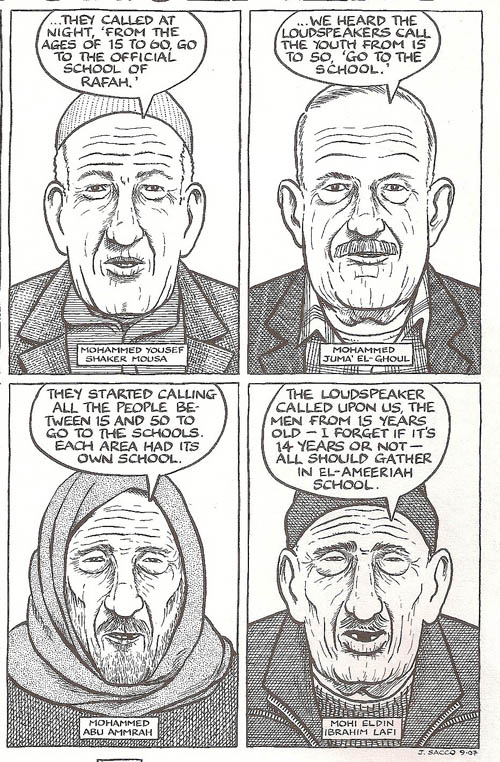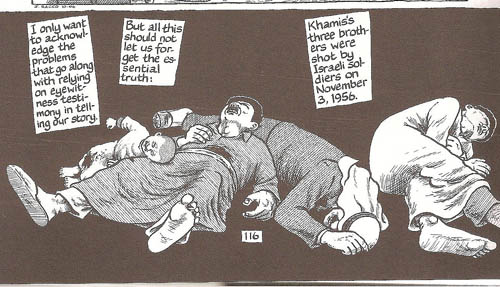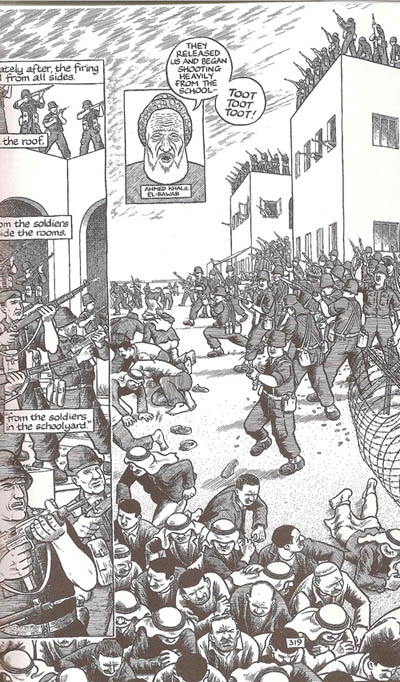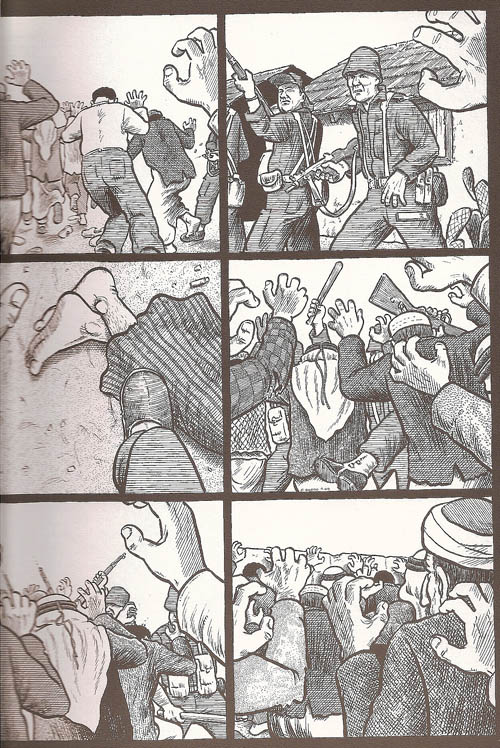 Tired of reading about the evil fat cats in their pin stripe suits cackling over heaps of stolen money while the world (well, mostly Europe) burns? Wish Bankers went about things with a bit more love, honour and respect? Try us! We’re a community bank with social responsibilities; we are an Islamic Bank.
Tired of reading about the evil fat cats in their pin stripe suits cackling over heaps of stolen money while the world (well, mostly Europe) burns? Wish Bankers went about things with a bit more love, honour and respect? Try us! We’re a community bank with social responsibilities; we are an Islamic Bank.
We don’t believe in interest because it is an exploitative practice, whereby money creates money. We view money not as a commodity itself, but merely a measure of the value of a commodity; how can a measure create more of a measure? Likewise, we believe that any investment must be an investment in the real economy, into a business, with equivalent liability for both profits and losses. Finance cannot be a zero sum game of short selling and credit default swapping, but should rather be a system of investment and profit whereby growth and success brings wealth to the entire society, rather than simply the financial institutions themselves. By encouraging such socially responsible financial practices, we aim to move towards a new economic system built on Islamic principles such as brotherhood, unity and responsibility.
At this point what are you thinking? Naïve? Utopian? Maybe you’re thinking it makes a bit of sense as the world in general lurches from unexpected crisis to unexpected crisis, from subprime to financial to sovereign debt and onwards to who knows where. Either way, it’s worth pointing out that the Islamic Finance Industry, which takes this as its creed, is currently worth around $1 trillion, and represents around 90% of personal banking done in Saudi Arabia, 24% in Malaysia and 22% in the UAE, to name just the biggest markets. That value is growing too, and growing fast. The list of non-Muslim entities which have raised funds through Islamic compliant structures include German authorities, Norwegian (and many other) corporations and, recently, the state of South Africa. Whatever you think about the vastly simplified statement of purpose I jotted down above, this is a minor phenomenon only if you’re in the West (or South America).
So, given the grand ideas suggested above, does the rather impressive spread of Islamic Finance herald a new economic paradigm of social responsibility? Ummm….no, not even close. Don’t get me wrong, the original ideas of Islamic Finance, which stem from the Islamic Economics movement of the 40s, do aim for a new economic system to replace both capitalism and communism. The original Islamic Economic theorists believed that the self-interested Homo Economicus of capitalism was simply a self-fulfilling prophecy driven by capitalist institutions which encouraged and rewarded self-interest at the expense of social awareness. They believed that by creating new institutions, and new modes of transaction, which discouraged such heedless wealth accumulation and provided individuals with the ability to do business ethically and responsibly, they could encourage the emergence of a ‘Homo Islamicus’ which would transform the economic paradigm. You’re not going to be surprised how that turned out though.
The central problem for Islamic Banks was, and still is, that they remain businesses. As the number of ‘natural’ Homo Islamicus’ is understandably tiny, the survival of the Banks means competing for customers with conventional banks on business terms. In particular, while customers might take a small loss for the sake of Islam and society, it appears they won’t take a huge one, so the Banks find themselves competing on price and features with their conventional rivals. Business inevitably trends towards homogeneity, with the original and traditional Islamic transactional concepts largely replaced by ones which are less alien to conventional practices. Modern Islamic Financial products now have an end result which is increasingly similar to their conventional equivalents, despite their Islamic labels.
The fact is that competition is the by-line of capitalism, and to compete with capitalism is the paradox of competing with competition itself. It’s simply a flawed proposition. Islamic Banks may have aimed to subvert the capitalist paradigm from within, but the result is exactly the same as virtually every other time an opposition to capitalism has arisen, assimilation. Capitalism absorbs opposition and turns rebellion into a commodity to support itself.
An inevitable question then, is why on earth are Islamic Banks doing so well? Why are countries from Kazakhstan to the UK looking at Islamic funding if it so closely resembles conventional finance? Why are major multinational Banks like HSBC and Standard Chartered opening up Islamic Finance divisions?
Well, essentially because despite the similarity of the end result, Islamic Finance does go to extraordinary lengths to ensure that things are still Shariah compliant. Each Bank is overseen by a committee of Islamic scholars who show little compunction in shooting down any attempts to circumvent the religious restrictions, leading to ever increasingly complex financial engineering to simulate simple transactions (insider tip: it involves gallons and gallons of palm oil – seriously). People may not care enough about this to take a significant economic loss, but they still care. They don’t care about alternative economic systems, but they have a certain interest in being able to conduct their day to day business safe in the knowledge that nothing they’re doing contravenes their ethical values.
In many ways, the experience of Islamic Finance gives both the depressing and hopeful sides to capitalism. On the one hand there is the assimilation and neutralisation of the latest attempt to forge an economic system which doesn’t thrive on inequality and instability. On the other hand though, Islamic Finance is an example of a community and ideology taking ownership and imposing its own symbolism, rhetoric and indeed restrictions on its economic activity. The shape of finance might remain broadly the same, but its language doesn’t, and that’s not necessarily an irrelevance.
Imagine that the Islamic Economists were right, that the problem with capitalism doesn’t ultimately stem from its structure, but from the individual attitudes which encourage it. Then note that the overwhelming trend in economics is in south-south trade, trade between regions such as the Middle East and South East Asia, between countries with natural affinities for Islamic Finance. In the future it’s almost inevitable that ever increasing levels of economic activity, even for our western corporations, will take place with companies who prefer to use financial products which at least ostensibly label themselves as ethical and responsible. Perhaps it’s not impossible to imagine a future where those ideas begin to assume an importance beyond rhetoric in the minds of those business practitioners. Perhaps ideas might be as insidious as capitalism itself.
Perhaps the Islamic Economists were on to something. Perhaps.






